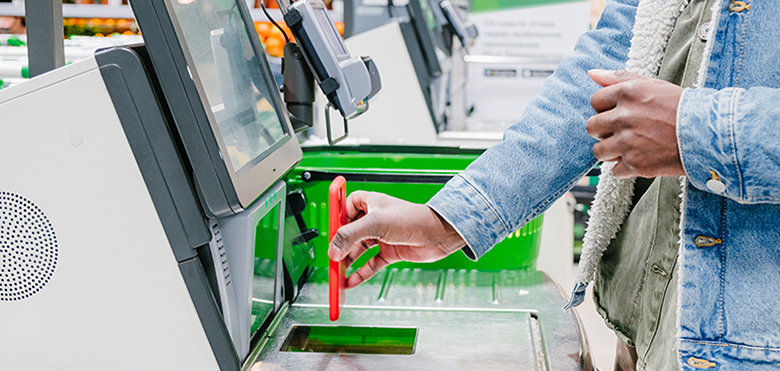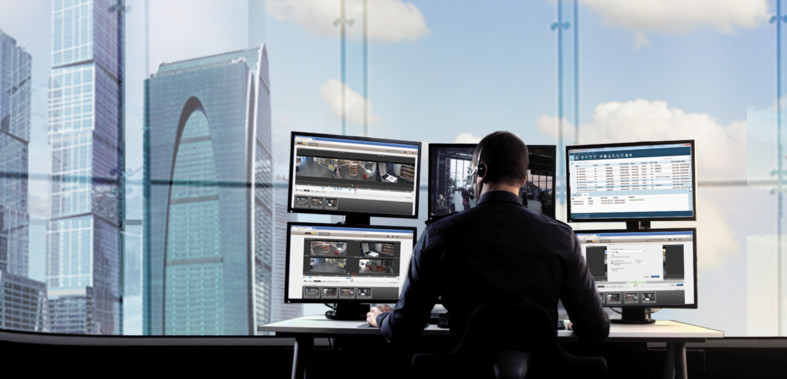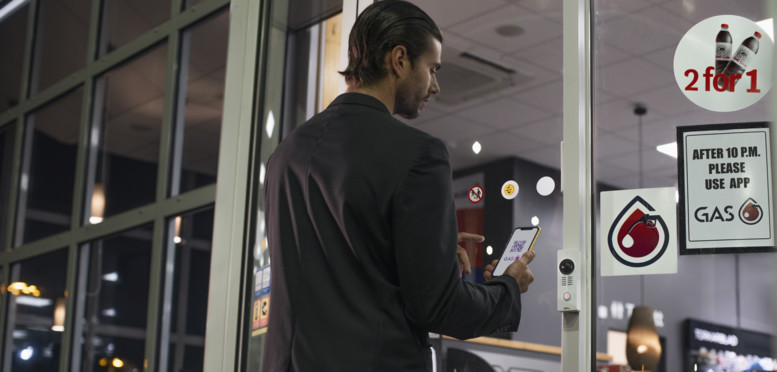Safeguard against loss in retail – with the latest technology
Retail crime is on the rise. In the UK alone, the loss to retailers from theft totaled £953 million in the last year. This confirms a long-rising trend, as losses have nearly doubled in the region since 2016-17. This trend is reflected elsewhere, in Australia and New Zealand, for example, retail theft has amounted to over $2 billion.
The financial impact of theft or fraud on your retail business can be significant. So how can you safeguard against loss to protect your business and improve profitability?
This is where technology comes in. Tech is now at the heart of retail transformation, and there are a number of solutions that can help with loss prevention. From network surveillance solutions that can provide visual information of incidents and theft, to data insights and analytics into what’s happening in-store and audio capabilities to enhance deterrence. This tech is designed to detect suspicious activity, enable a quick response, and prevent future incidents to improve profitability.
Transforming retail operations with AI and machine learning
There has been a notable shift in retail operations in recent years. Faced with increased staff shortages and a need to improve operational efficiency and productivity, the retail sector is now investing more in automation and AI-enabled augmenting technologies. As a result, self-checkouts and self-service options have become more commonly used in stores. And some stores have taken this one step further by removing checkouts all together.
In fact, research shows the ‘unmanned’ store market is predicted to undergo substantial growth in the coming years. Having been valued at US$67.48 million in 2019, it is estimated to reach US$1,640.32 million by 2027. This new model of retail is here to stay. However, while this rise in in-store automation relieves staff workload, it also sets new requirements on loss prevention and safety and security. Without proper solutions in place, unmanned stores and self-checkouts can have a significant impact upon retail losses.
Smart video surveillance systems are a necessity to mitigate these losses. In modern retail, AI-powered surveillance cameras and sensors empower retailers with deep store insights from real-time data. This allows them to identify risks, uncover hidden patterns missed by humans, and accelerate analysis. Additionally, these smart solutions help deter theft and fraud by detecting suspicious activity before it escalates. Loss prevention teams can use real-time data to quickly detect any discrepancies or suspicious activity, enabling them to take action more effectively and efficiently. This real-time intelligence enables faster response to threats, quicker incident investigation, and more effective security measures.
Intelligent technology can support you beyond just identifying suspicious activity in the moment. By learning from past incidents, like repeated thefts, AI can recognize patterns and even pinpoint potential culprits. This empowers retailers to not only prevent future crimes but also hold those responsible accountable. The increase in machine learning-supported retail security shows AI is transforming the way we manage loss prevention in retail. Utilizing AI within your surveillance system will enable you to ultimately make better business decisions and increase profits in the long term.
Although the benefits of AI are numerous, as with any data-collection and analysis activity, it’s important to consider the ethical concerns around privacy and potential misuse of the technology before implementing it. This is an ongoing and ever-evolving conversation which you will need to navigate as you strive to make changes within your surveillance system that will benefit your retail business.
Addressing retail crime with integrated solutions
Integrated network solutions (including cameras, audio, sensors, access control, video management system (VMS) and analytics) continue to be a cornerstone of retail security and loss prevention programs. As these solutions can tie video to each point of sale (POS) transaction, you can, for example, visually investigate unusual voids, refunds, or exchanges to reduce ‘shrinkage’. Product returns are also captured on video, enabling you to tackle the growing issue of return fraud, which cost US retailers an estimated $101 billion last year.
There are a number of instances you can use integrated solutions to detect and deter suspicious activity in high-risk areas:
- Mis- or non-scans at self-checkouts – video analytics can detect a non-scanned product and alert the shopper to scan again. An alert can also be sent to the store manage
- Cart pushout – if a customer tries to leave the store with a full cart without paying, video analytics and audio alerts can be used to direct them back to the till.
- A transaction occurring without a customer present– By adding a sensor to the cash register that can tell when the register drawer is open, the sensor can communicate with a camera to verify that a customer is present. If the register drawer opens and the camera determines there is no customer, an alert can be sent to management.
- Monitor high value goods – if a hood/cabinet door is wirelessly connected to a camera, and opened/lifted, sensors can signal the camera to zoom in on the cabinet. Or if a staff member swipes a card over a reader which unlocks the cabinet marks time and identification. These two scenarios enable you to know who has had access and when. And you get visible evidence at the same time.
- Loitering – integrating with audio capabilities and analytics also contributes to immediate action for suspicious activity. For example, you can use cameras to detect if a shopper is spending a lot of time in an area and send an alert to staff (or remote operator) so they can provide assistance. Simultaneously, you can communicate a message that help is on the way to the waiting shopper for deterrence.
Shrinkage can also take place away from the shop floor; delivery is a high-risk area. To address this, authorized deliveries can be verified via intercom, QR codes, or license plate identification. Access can be controlled remotely, and wearable or fixed cameras can be used to visually confirm that the right number of ordered goods are loaded and unloaded. You can also draw on analytics to identify vehicles on your premises. Once a vehicle of interest has been detected, edge-based analytics can automatically send an alert to the appropriate personnel, such as security guards or law enforcement.
Integrated network solutions support your retail business operations by identifying certain events and triggering alerts that can be acted upon automatically or manually as needed. All of these functions ultimately assist you in increasing profitability by enhancing loss prevention.
Enhancing loss prevention and protecting the future of retail
Reducing losses, increasing operational efficiency, and optimizing processes directly contribute to increasing your profitability. With time, even more use cases will arise, so it’s important for you to have an open platform which enables further partner solution integration. In this way, your stores will remain agile and able to respond to changes to needs while maximizing profits – now and in the future.
Click here to find out more about Axis Communications’ solutions for retail.




